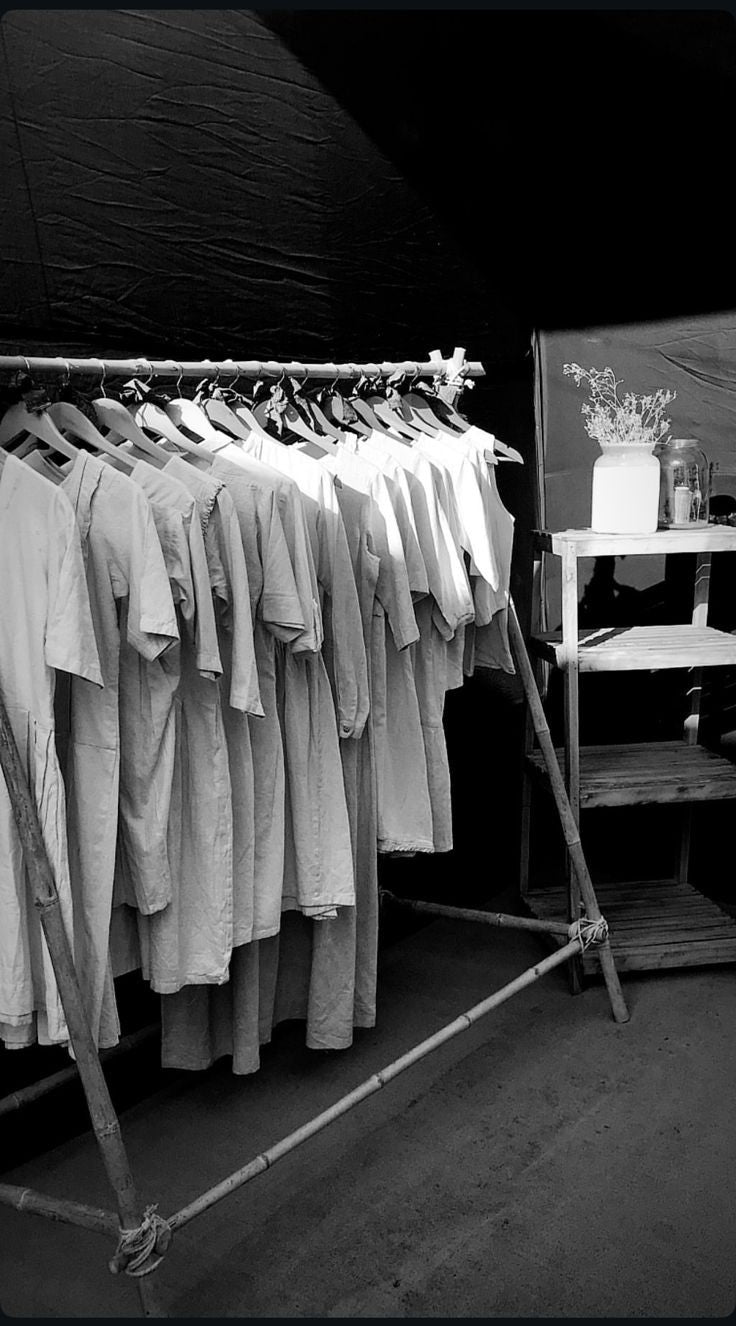Sustainability- The Need of the Hour

What is sustainability?
Simply put, sustainability is the art of using resources strategically so that the needs of the present generation are met while ensuring there remains enough for future generations to thrive. In the past few years, the concern for sustainable fashion has gripped the industry like never before, and yet the shift to a more conscious way of dressing remains a distant dream for many brands and consumers across the world. To successfully make this move, we must first understand why we need sustainable fashion, how the concept of sustainability applies and fits into fashion, and various stakeholders it affects. Only then can we begin to understand the complexities of the current fashion system, and hope to make more conscious moves towards a new direction.
Why do we need sustainable fashion?
For the planet:
In the 1990s, fast fashion brands revolutionized the fashion system, shortening the length of the production process to such an extent that many popular brands claimed it took them a mere 15 days for a garment to go from the design stage to being sold in stores. Such shorter lead times meant more quantity, and more variety in terms of design, which saw sales boom. What’s more, these brands could offer the latest trends and designs at cheap, almost throwaway prizes, allowing consumers to shop more. The fact that these styles were replaced by new ones almost on a monthly basis further pushed the consumers to keep updating their wardrobes, discarding old buys and buying new ones more frequently. Surely this was the dream of any fashion aficionado- latest, trendy designs at affordable rates? But over time, the uglier face of fast fashion began raising its head, one that brands and consumers could no longer choose to ignore.
As fast fashion brands achieved overnight success, consumerism boomed, birthing the ‘buy more’ culture that we can still see in fashion today. What started as a ‘4 season a year’ system, has multiplied exponentially today, with brands showing as many as up to 52 seasons a year. Many studies have claimed that fast fashion items are designed to fall apart after a few washes, forcing customers to discard the old purchases and keep buying more. This discard and replace culture has not only led to drastic lowering in the quality of garments we buy, but has contributed immensely to the growing waste crisis we have at our hands. According to reports, we generate tons of textile waste every year, and clothes which could easily be re-used, re-purposed or recycled go to landfills. Fashion is not only one of the most wasteful industries today, but also one of the most polluting ones, contributing majorly to water pollution, plastic pollution and greenhouse gas emissions. It is because we continue to create and consume fashion in this irresponsible and dangerous manner that we are facing a world-wide ecological crisis today.
For the community:
But is the purpose of sustainable fashion only to work towards protecting our planet? Not quite, conscious fashion goes much beyond just the ecology and strives for the well-being of the community at large. The 2013 Rana Plaza disaster serves as a painful reminder of why people, and not consumerism, should always remain at the heart of fashion. The building in Bangladesh that housed five garment factories, stuffed beyond capacity with workers working for minimum wage and almost no rights, collapsed in April 2013, killing at least 1,132 and injuring more than 2500 people. This brought to light the miserable conditions under which underpaid factory workers are forced to work. This unfortunate incident not only restarted and fueled the conversation against fast fashion, but also made consumers realize the importance of knowing, and hence honoring the people who make their clothes. As conscious shoppers, it is our duty to research and ensure that the brand we shop at treats its workers, suppliers and partners in a fair and ethical manner at each touchpoint.
It is also the aim of conscious fashion to ensure that no stakeholder gets left behind or suffers due to the changes in the fashion system. For instance, the advent of western fashion in India has rendered many indigenous craft workers and weavers out of work. Not only does this hinder the craft communities from earning their daily bread, but also robs them of their social identities. Not to mention, our centuries-old textile legacies run the risk of becoming obsolete in the coming decades.
For the Self:
Aside from our duty towards the planet and the community, we owe it to ourselves to make healthier, more responsible choices when it comes to the clothes we don. Our garments are essentially our second skin, always in close contact with our bodies, and no wonder the garments’ quality can greatly affect our health and overall well-being. In an age where we are so concerned with the ingredients in our food, choosing only the best, high-quality and organic produce to eat, it is high time that we develop the same alert and responsible approach towards fashion. Sustainable fashion’s mission must also be towards ensuring that the garments created are free of toxic dyes, chemicals and waxes that can prove to become extremely dangerous when in direct contact with the skin. The clothes should offer not only the paramount quality, but last long, resist wear and tear in order to be reused and repurposed and avoid wastage.
Last but not the least, ethical fashion should be practical, comfortable and thoughtful- allowing for the wearer to easily go from day to night, while never having to compromise on style or values.











Comments